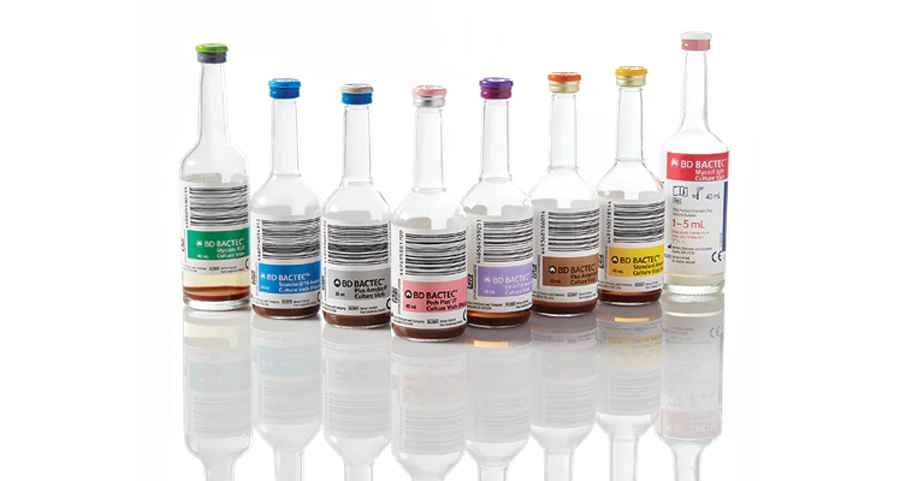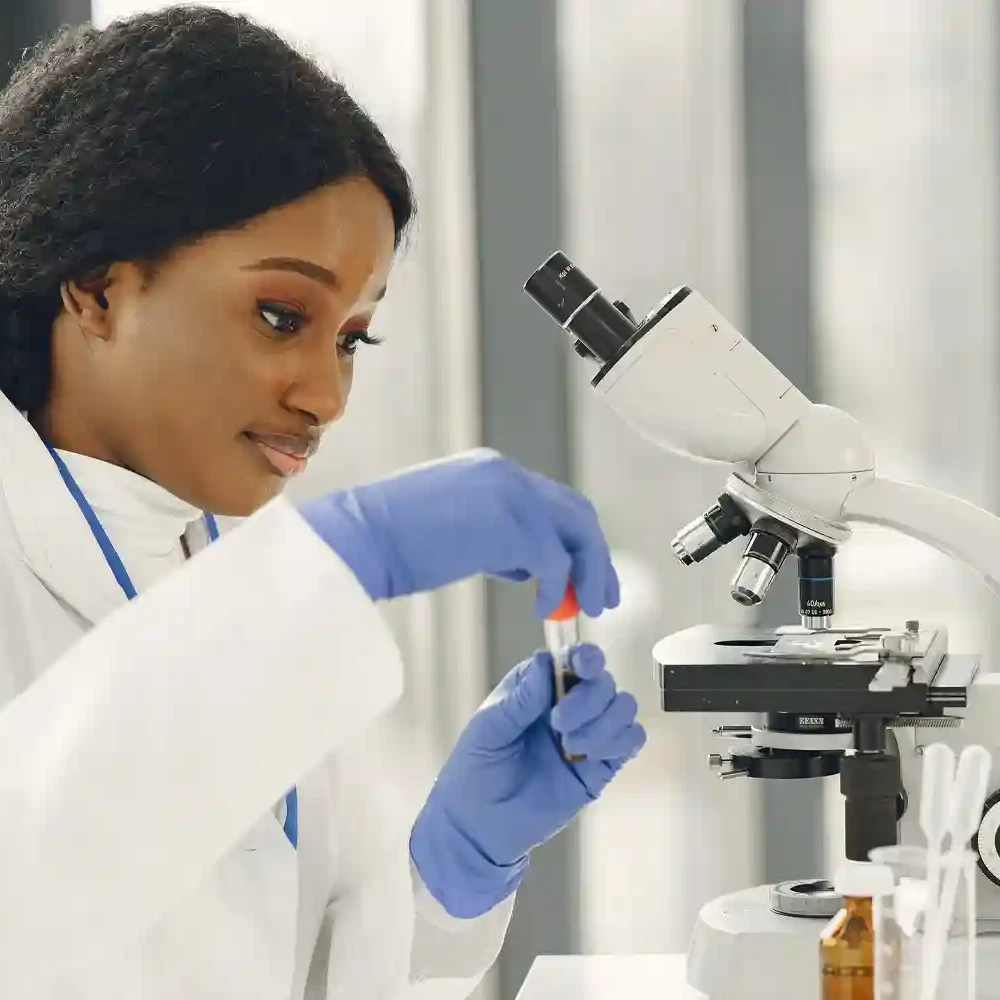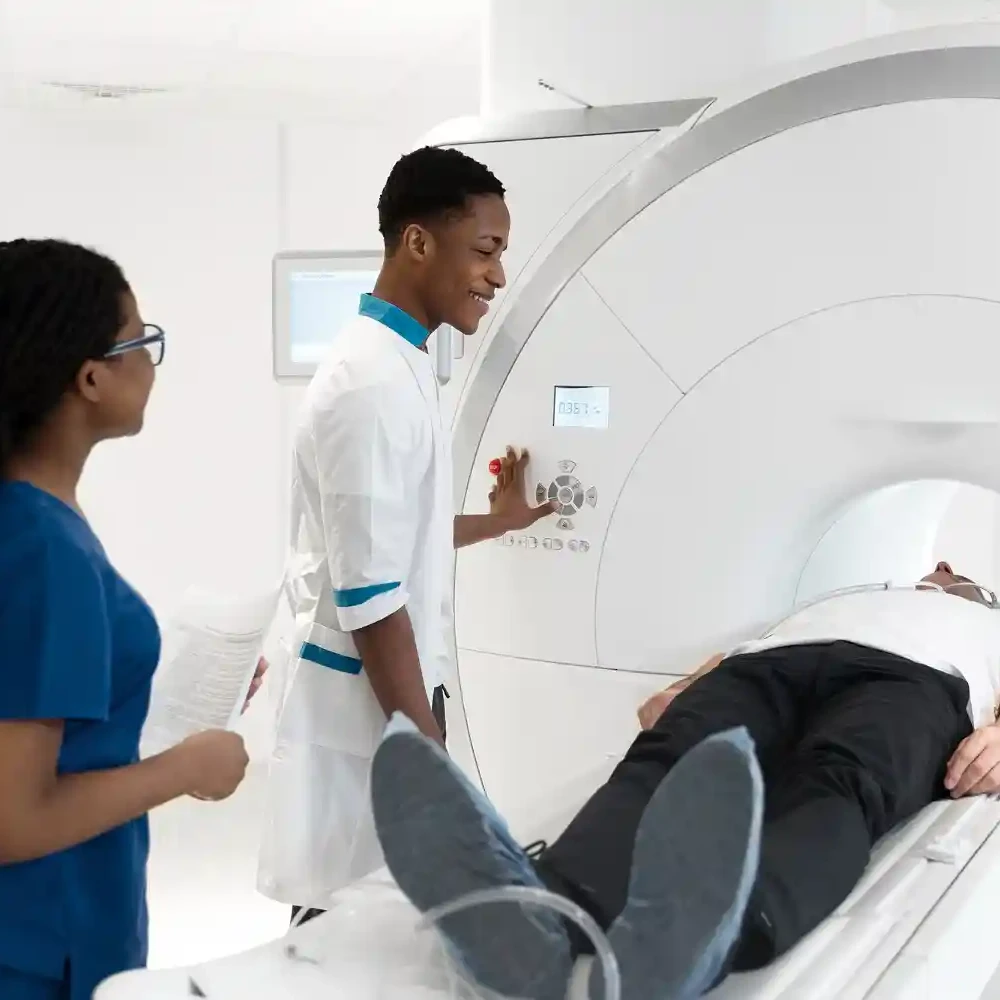Blood is a circulatory body fluid in animals (vertebrates and some invertebrates) that transports nutrients, oxygen, hormones, antibodies, and even waste.
In addition, it also regulates body temperature and helps with clotting.
Blood is red in humans (our primary focus in this article) due to the presence of hemoglobin, an iron-containing protein.
Other constituents include red blood cells or erythrocytes, white blood cells or leukocytes, plasma, and platelets.
Microscopy, culture, and sensitivity

Blood is normally free of bacteria or other infectious microbes.
A blood culture is a blood sample test to identify infectious microbes (bacteria and fungi) that can cause disease.
The presence of infectious bacteria in the blood (bacteremia) and blood poisoning from these bacteria or their toxins (septicemia) can be severe, as blood can spread throughout the body.
Bacteremia and septicemia may also occur alongside other serious infections, especially to major organs and tissues, or develop from a weak immune system (like those in infants, the elderly, people with serious diseases, e.g., AIDS, and those under immunity-altering medications such as chemotherapy).
These infections can result in septic shock, a fatal condition associated with life-threatening low blood pressure.
Using a blood culture, it becomes possible to determine the type of microbe, after which it can be identified using microscopy and other chemical procedures before testing what drug to best use for treatment (sensitivity).
Reasons your doctor might request the test
- To identify a bacterial infection such as meningitis, osteomyelitis, pneumonia, or fungal infection like candidiasis that has spread into the blood
- To also find out the bacteria or fungi causing the infection.
- Find the best antibacterial and antifungal drugs to kill the infectious microorganism and fight infection
- Find the cause of an unexplained illness or disease condition.
How is the test done?
Before collecting blood, it’s important to disinfect the bottle tops with about 70% isopropyl alcohol and to clean the puncture site with alcohol and chlorhexidine.
The site should also be allowed to dry before being punctured to collect blood.
Inoculating the anaerobic bottle first is always recommended to prevent air from entering the sample.
Important steps to consider before sample collection include:
- Draw blood from the veins and not the arteries.
- Always check collection bottles for damage, contamination, breakages, and the expiration date.
- Do not collect blood from the venous or arterial catheters to avoid contamination.
- Clearly label the collection bottles to avoid confusion
- Once the blood has been collected for culture, it’s normally incubated for about 3 days at 37 degrees Celsius.
- Under these conditions, it’s possible to recover more than 97% of microorganisms that are of clinical significance.
1. Culture
For a blood culture, a sample of blood is added to a substance (culture medium) that promotes the growth of infectious microbes.
Blood culture bottles are often used to collect blood.
However, the volume of collected blood is dependent on the patient; for adults, each of the bottles (aerobic and anaerobic bottles) is inoculated with about 10 ml of blood, while for infants and children, the quantity of blood is mainly dependent on the body weight.
2. Microscopy
This involves staining the blood sample for proper and clear examination under a microscope.
Some of the stains used to stain a blood smear include Wright’s stain (nuclear and cytoplasmic characteristics of different types of cells and microorganisms in the blood), Giemsa stain (often used for diagnosis of protozoan and spirochete parasites in the blood), and Romanowsky stains (used to stain the nuclei of blood parasites).
3. Sensitivity
Sometimes other tests are done to find the right drug for treating an infection.
This is called sensitivity testing.
Two or three blood samples from different veins are usually taken to ensure all or most bacteria or fungi are obtained for proper testing.
To determine the sensitivity of the microorganisms in blood culture, the Kirby-Bauer diffusion method is used on Muller-Hinton agar.
For example, among the drugs used, Ampicillin, Clindamycin, Erythromycin, and Clindamycin are for gram-positive bacteria, while Ciprofloxacin, Tetracycline, Nalidixic Acid, and Cefoxitin are used for gram-negative bacteria.
The possible outcome of the test
A false-positive result is when an organism that was not present in the bloodstream of the patient is detected growing in the culture.
Such results are a sign of contamination.
Negative and positive results (negative and positive blood cultures): If the suspected microorganism is detected in a culture, then this is a positive result.
However, if it’s absent, then the result is a negative one.
It is also important to note that a culture that does not grow any microbes does not always mean a blood infection is not present.
The amount of blood taken, the timing of the blood sample, the type of culture done, and the recent use of drugs can affect the growth of microorganisms in the culture.
Conclusion
In simple terms, microscopy, culture, and sensitivity tests are used to determine the most effective treatment for microbial infections.
They are of the utmost importance because a large number of diverse infectious microorganisms exist that respond to different drugs in different ways; hence, one drug may even not treat similar infections.
The tests allow your healthcare provider to determine the best drug for the infection in a laboratory rather than guessing which antibiotic will work the best.
Hence, it is always important to see a health professional for proper drug therapy and use.
Aisosa James Iyekekpolo
Experienced environmental and public health specialist, researcher, customer service/relationship manager and marketing professional with a demonstrated history of working in the laboratory, environment and financial services industry. Skilled in Advanced Scientific Research, Data Analysis, Customer Relationship Management (CRM), Microbiology, Molecular Biology and Marketing. Currently a health, research writer and PhD researcher at the University of Benin.
Sapiosexual and otaku



